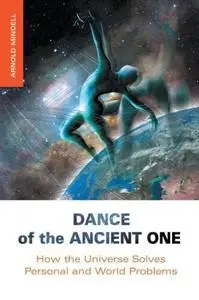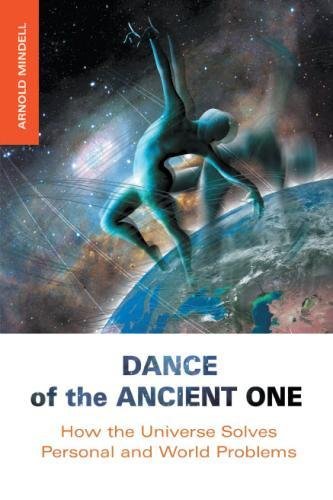Arnold Mindell, "Dance of the Ancient One"
English | ISBN: 1619710153 | 2013 | EPUB | 384 pages | 11.4 MB
English | ISBN: 1619710153 | 2013 | EPUB | 384 pages | 11.4 MB
“Just as the earth is moved by the universe, you, me, every human, every life form, and every thing is moved by the universe as well. This movement feeling, the sense of the universe’s gravity field or what Einstein called space–time, is not just felt by astronauts. All of us feel moved by gravity all the time.” “When you let gravity move you, when you are moved by space–time, you are moved by the universe. When you are moved in this way, you are showing the ‘dance of the ancient one,’ and are in contact with the space between us, with the subtle experience of being moved by what I shall explain is a system mind—possibly the most powerful system mind available to us.” — Arnold Mindell, The Dance of the Ancient One, Spring 2013
In his latest book, Mindell expands on his earlier concept of the processmind as he develops the notion of space–time dreaming or “dance of the ancient one” in his rigorous efforts toward the elucidation of a ToE (or theory of everything).
Space–time dreaming weaves together essential spiritual concepts from the Eastern mystical tradition of the Tao and Wu Wei of Chinese philosophy, along with modern Western field and space theories in quantum physics such as gravity, space time, unified field theories, indeterminacy and entanglement.
He draws upon personal field ideas (i.e., the unconscious), interpersonal social field and role theory from psychology and sociology, then adds concepts of intersubjectivity and entanglement from transpersonal and integral psychology. On a group level, he incorporates interdependence from organizational system mind models and places it all in the context of ecology, of Gaia, and then the larger universe.
One World concepts, such as the Unus Mundus from mystical and alchemical traditions that work at a more essential or non-dual level to unite seeming opposites, facilitate the coming together of all of these varied perspectives in his framing of the space–time dreaming concept, experientially accessible as “The Dance of the Ancient One.”
Each chapter contains either an exercise to do in pairs or a small group, or an inner work exercise, so that you can facilitate yourself and experience the space–time dreaming states directly. Transcripts of discussions with his students are distributed throughout the book, and engagingly contribute to a diverse and resonant learning experience.



